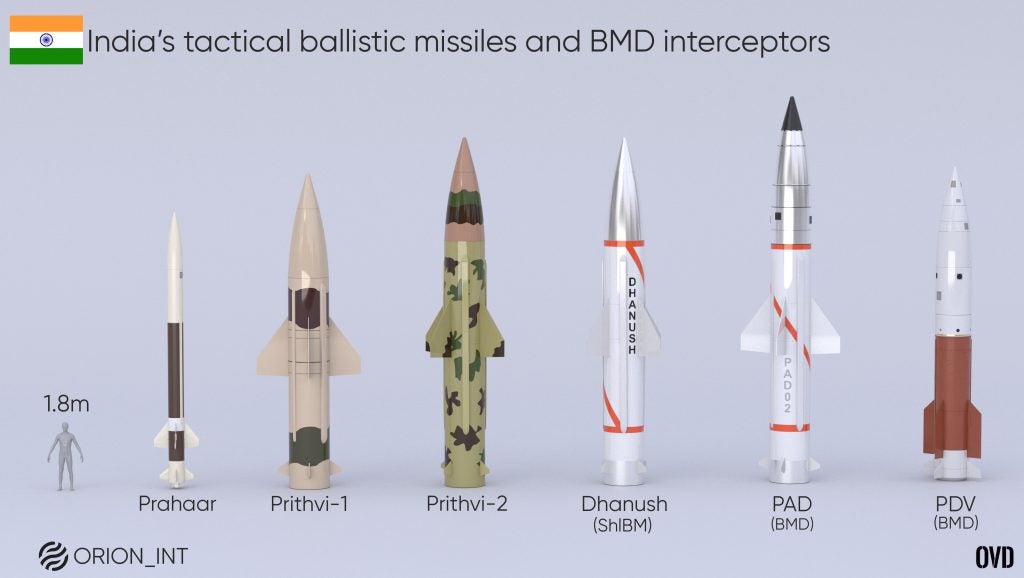The Prithvi Family: Short Range, Vast Power
The Defence Research and Development Organisation (DRDO), India’s premier defence development agency, began work on two liquid fuel based missiles in the 1970s. The missiles were developed by Defence Research & Development Laboratory (DRDL), a lab which is part of the DRDO, and came in the form of Project Valiant and Project Devil. Project Valiant aimed to develop a liquid fuel based ICBM; while Project Devil looked at creating a surface-to-air missile based on the Soviet SA-2.
Project Valiant would be terminated in 1974, with Project Devil continuing on until 1980. While these programs did not fulfil their original goals, the experience, facilities and components developed for Project Valiant and Devil set the stage for Integrated Guided Missile Development Program (IGMDP). Beginning development in 1983, this program would lead to the Prithvi series of ballistic missiles.
Prithvi-1
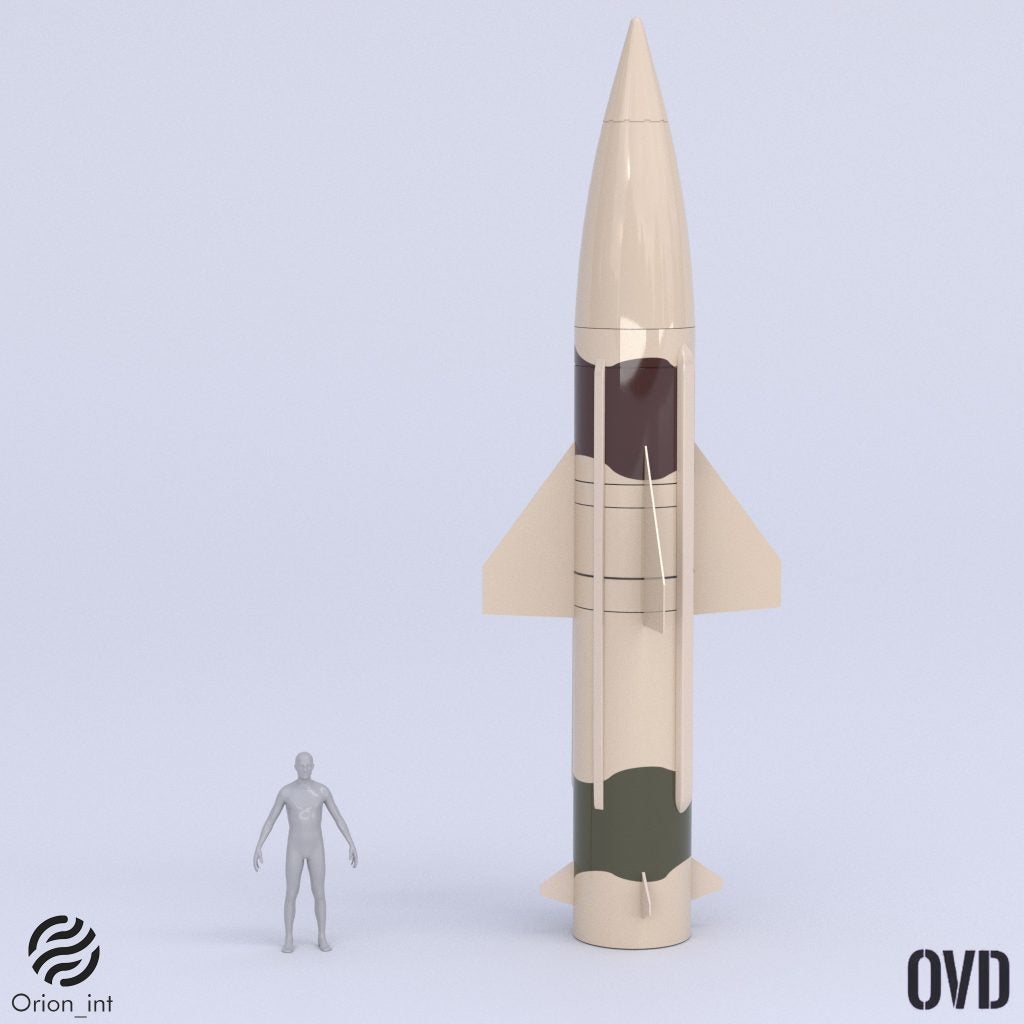
India started developing the Prithvi-1 in 1983 under the IDGMP program. The missile has a length of 8.5m and a diameter of 1.1m. Prithvi airframe is made out of forged and sheet aluminium while wings and wing bay are made out of magnesium. It is powered by two engines that are derived from the Project Devil missile. It uses a propellant called “G-fuel” which is a mixture of xylidene and triethylamine in a 1:1 ratio. RFNA is used as oxidiser for the missile. Prithvi-1 has a range of 40-150km. Prithvi-1 used a Tatra 8×8 TEL as its deployment platform. It has been phased out in favour of the Prithvi-2 and the remaining missiles were reportedly to be upgraded into Prithvi-2s.
Prithvi-2
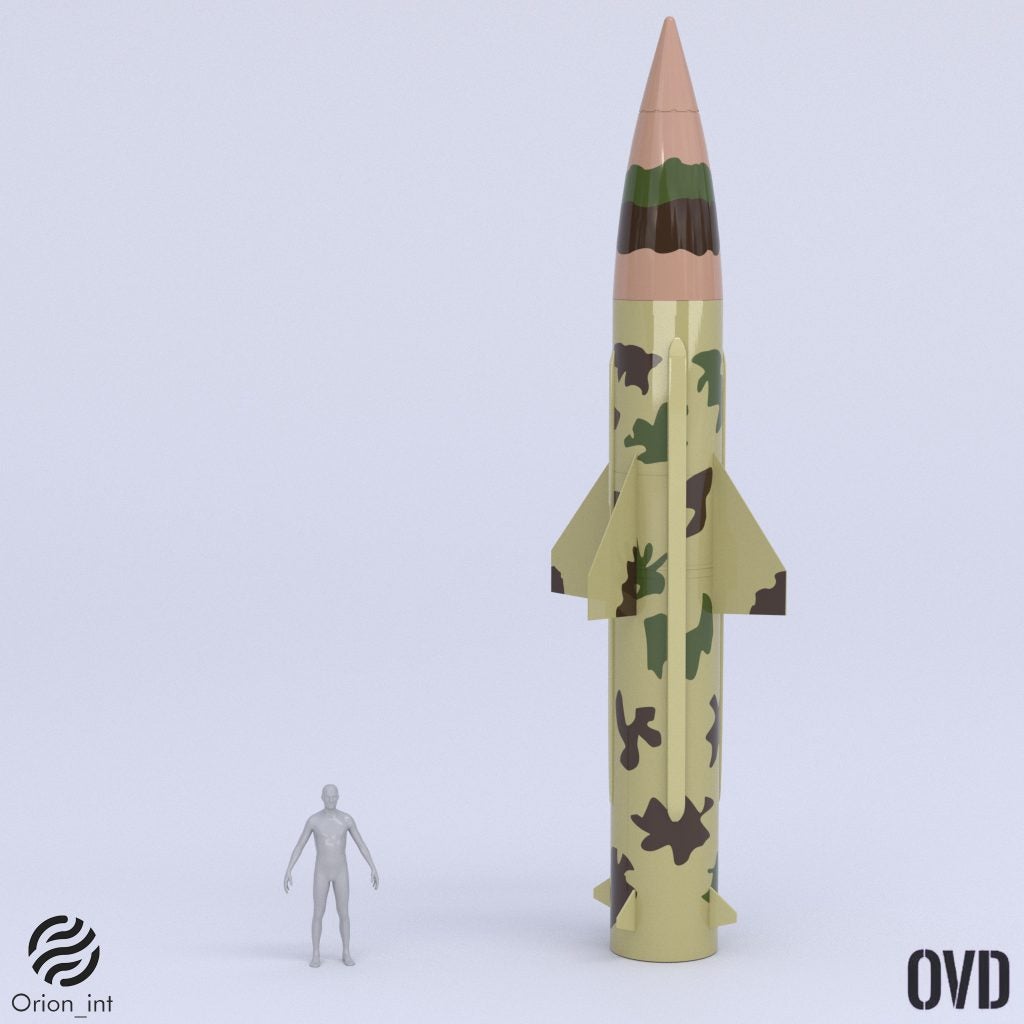
The Prithvi-2 was developed by upgrading the Prithvi-1, featuring longer tanks for fuel and oxidiser. It is 9.5m long and has a diameter of 1.1m with a range of up to 250km. It uses the same Tatra 8×8 launcher as the Prithvi-1. It is currently in service with the Indian Army as well as the Indian Air Force, which first placed orders in 1996. Due to its range it can theoretically play a limited strategic nuclear role as well.
Dhanush
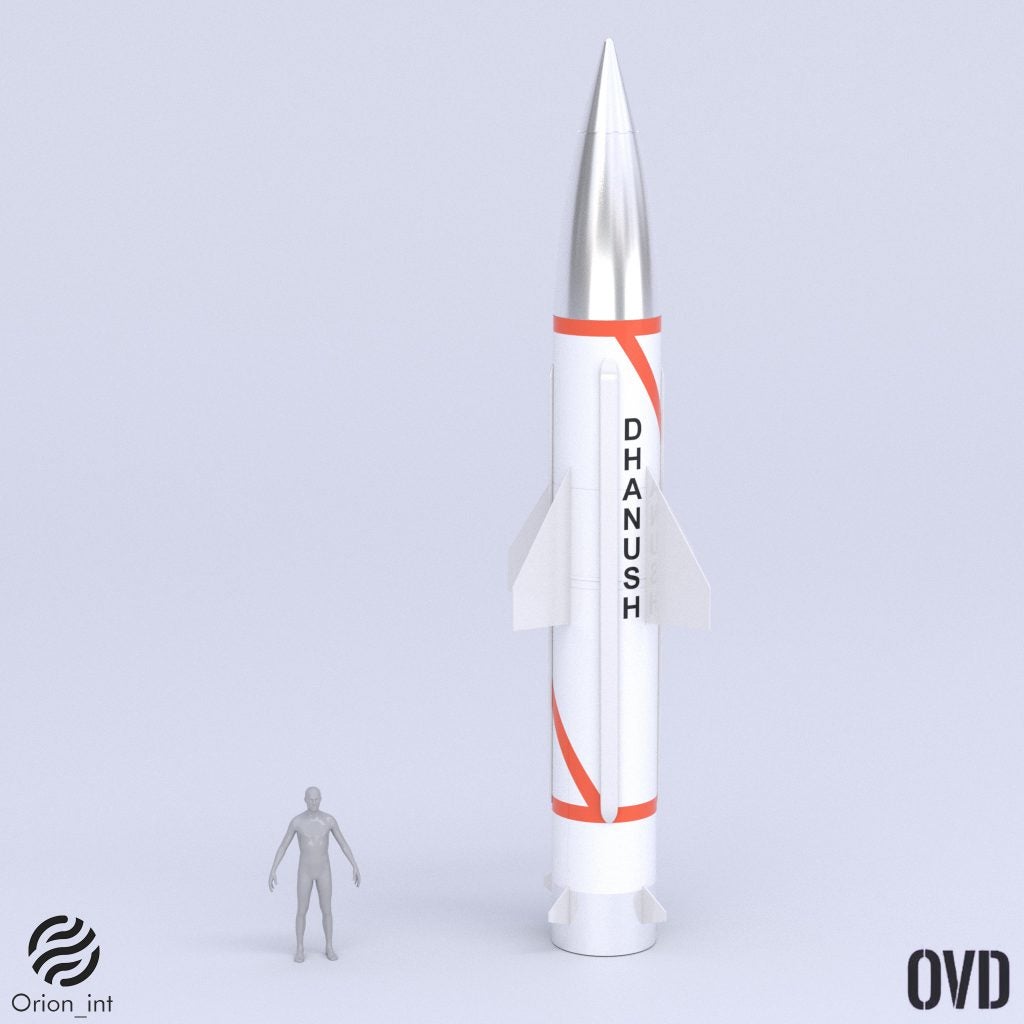
Dhanush is a ship launched ballistic missile and the naval variant of the Prithvi-2. It is thought to be carried by two Sukanya class offshore patrol vessels of the Indian Navy. Its development was announced as complete in 2010.
Prithvi Air Defense
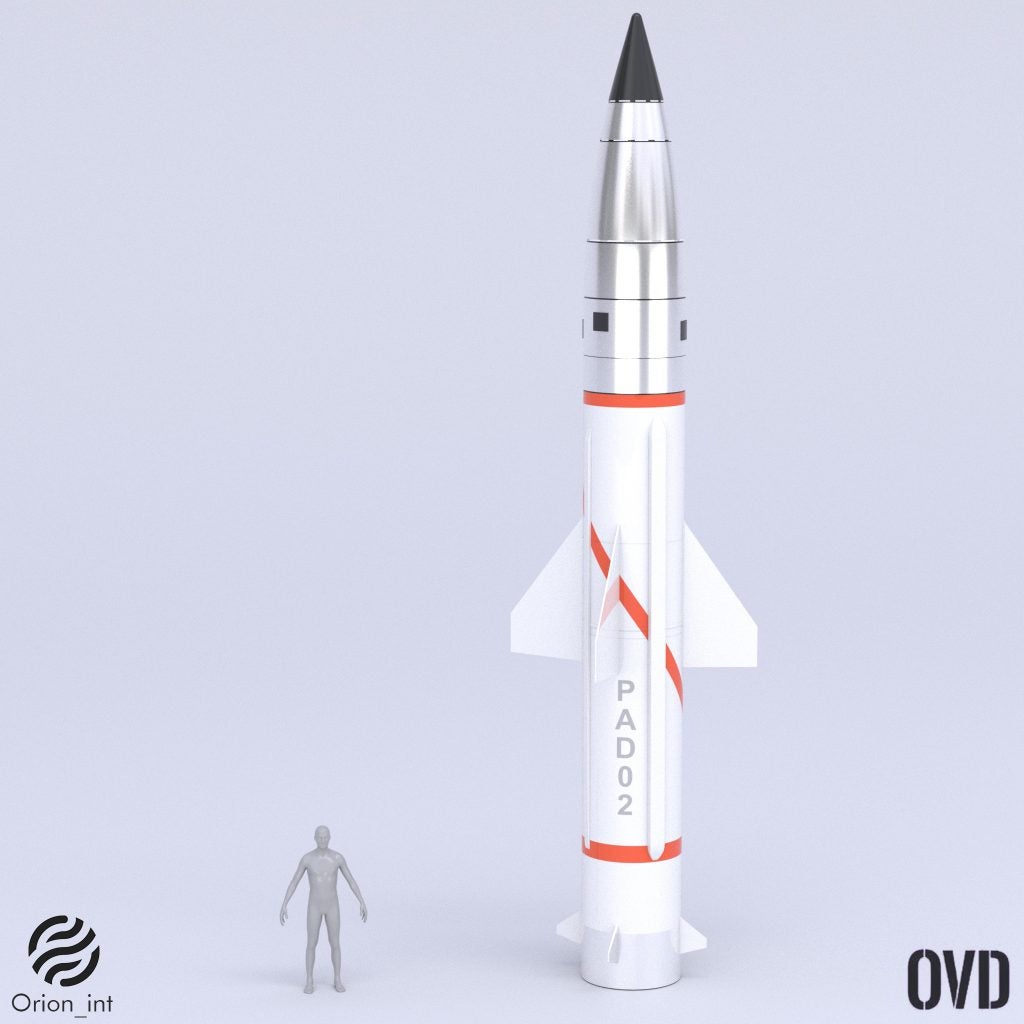
Prithvi air defense or PAD as it is also known is a two stage ex-atmospheric BM interceptor based on the Prithvi-2 missile. It has an interception altitude of 80km. Its first stage is the Prithvi-2 missile while the second stage is a solid fueled motor.
Prithvi’s Conventional Warheads

In addition to carrying nuclear warheads, The Prithvi missiles also carry a number of conventional payloads. Their warheads usually come in two weight categories which are 500kg and 1000kg. 1000kg category includes Preformed Fragmentation, Incendiary Submunition and DPIC Bomblet warheads. 500kg category has Preformed Fragmentation and Runaway Denial Penetration Submunition (RDPS) warheads. Prithvi also uses two composite warheads known as FI (Fragmentation and Incendiary) and PBFI (Penetration Blast, Fragmentation & Incendiary).
Prithvi-3 / PDV
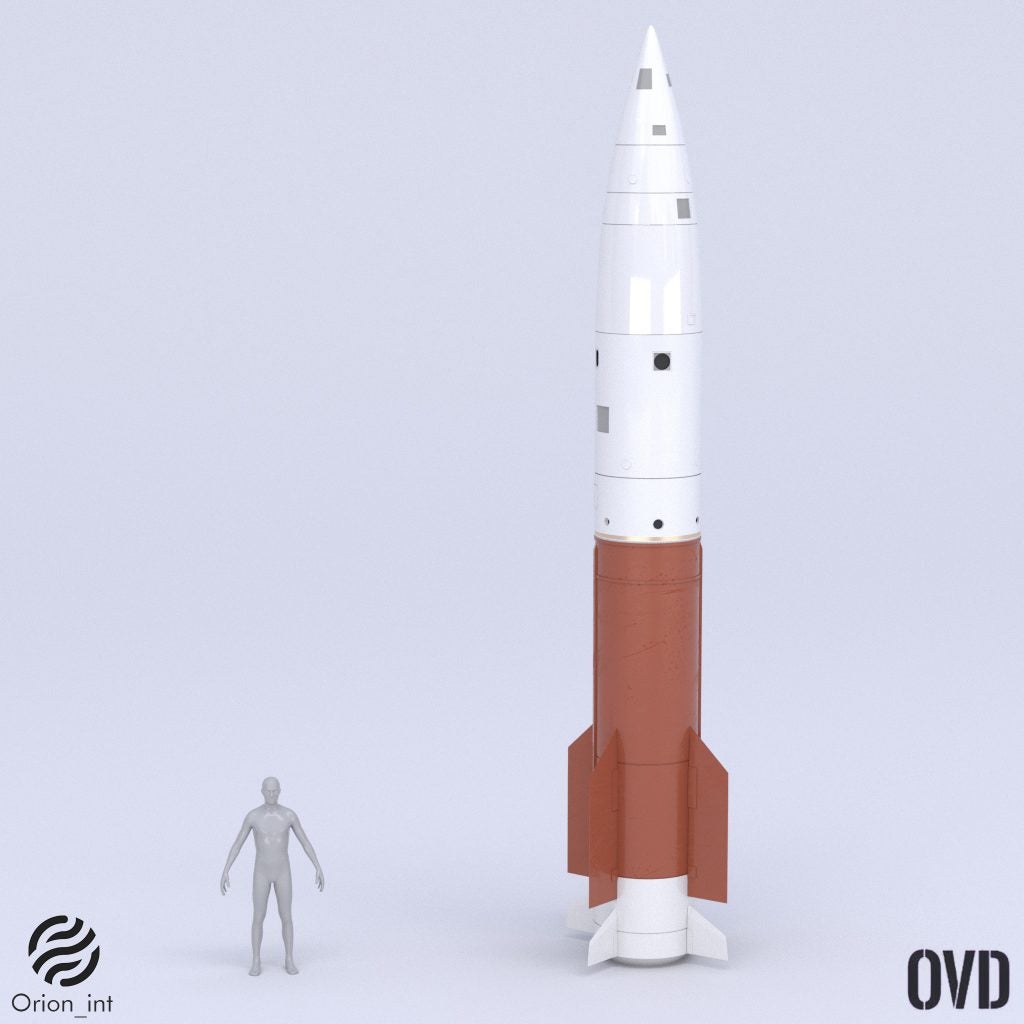
Prithvi-3 or PDV, as its also known, is a two stage solid fueled missile. The missile is 1m in diameter and 8.5m in length. It likely uses HTPB/AP/AL as its propellant which is used in India’s Agni series of missiles. It carries a kinetic kill vehicle (KKV) as its second stage. The missile has demonstrated its ability to intercept targets at an altitude of 120km which surpasses the 75km altitude previously demonstrated by PAD. The seeker for its KKV uses an infrared (IR) seeker guidance to intercept its target as compared to PAD which used a radar seeker. This missile surpasses the PAD in almost every aspect and is also expected to replace it. Due to it being solid fueled it can also be fired much quicker on warning as compared to the PAD which needed to be fueled and kept ready ahead of a launch.
Prahaar
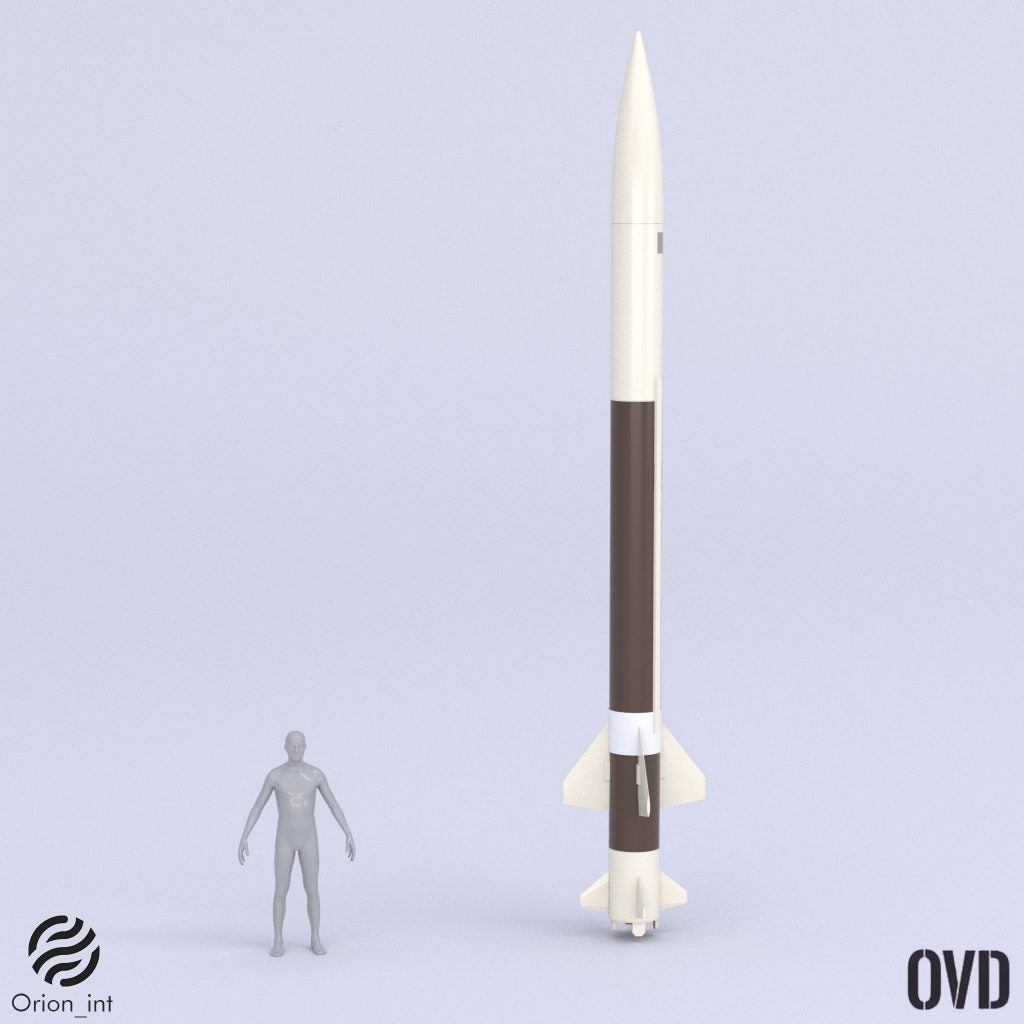
Prahaar is a solid fueled surface-to-surface short-range ballistic missile (SRBM) developed by India. It is 7.4m long and has a diameter of 0.42m. It doesn’t rely on flex nozzles and thrust vectoring like some of India’s other solid fuel missiles, Instead relying on fins and jet vanes for control. It reportedly has a range of 150km while carrying a 200kg conventional or nuclear warhead. Its launcher is a 12×12 BEML Tatra truck which can carry up to six missiles, The same truck is also used as the MAL for Brahmos missiles. Prahaar has a variant called Pragati which is intended for export. It can be seen as complementing Prithvi missiles in the battlefield role. Its deployment status is currently unclear.
This is the second part of our series looking at India’s missiles, in the first part we examined the Agni series.
Sources:
Prithvi-I | Missile Threat
Prithvi-II | Missile Threat
Prahaar | Missile Threat
India’s Prithvi missile

